Art & Exhibitions
Storage, a New Artist-Run Space in New York, Wants to Offer an Alternative to Exploitative Gallery Models
Onyedika Chuke looks to highlight the work of women artists and artists of color at his new space.
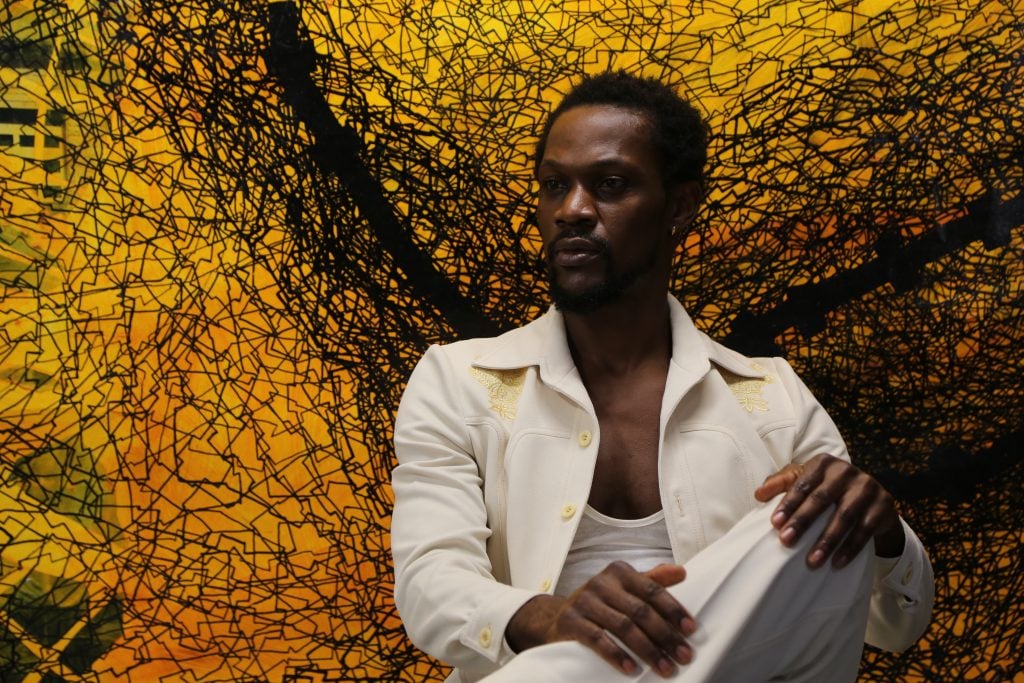
Onyedika Chuke looks to highlight the work of women artists and artists of color at his new space.

Sarah Cascone

When artist Onyedika Chuke emerged from months of lockdown in New York City, there was one thing he felt he needed to do—and it wasn’t to see friends or to eat outdoors. It was to start a gallery.
He opened his space, called Storage, last month inside the basement art studio he’d been renting underneath a Korean restaurant on the Bowery. “It was a really run-down dusty space that I knew something magical could happen in,” Chuke told Artnet News.
The gallery—which opens at a moment when many other art businesses are facing financial challenges of historic proportions—aims to serve as an extension of Chuke’s artistic practice and activism. From the front end, it looks like a traditional commercial gallery, with a focus on work by women and people of color. But Chuke says he has embedded within it policies and practices that he hopes can model a more just art ecosystem.
Storage, he said, is “a gallery in form of a protest.”
The inaugural exhibition is an intergenerational group show featuring young artists such as Austin Martin White, Jazmine Hayes, Rena Anakwe, Sam Chun, Yanira Collado, and Daniella Portillo, as well as more established figures including William Cordova, Rick Lowe, and Emory Douglas, the minister of culture for the Black Panthers. (The gallery will be holding virtual conversations with the artists to discuss connections between their work.)
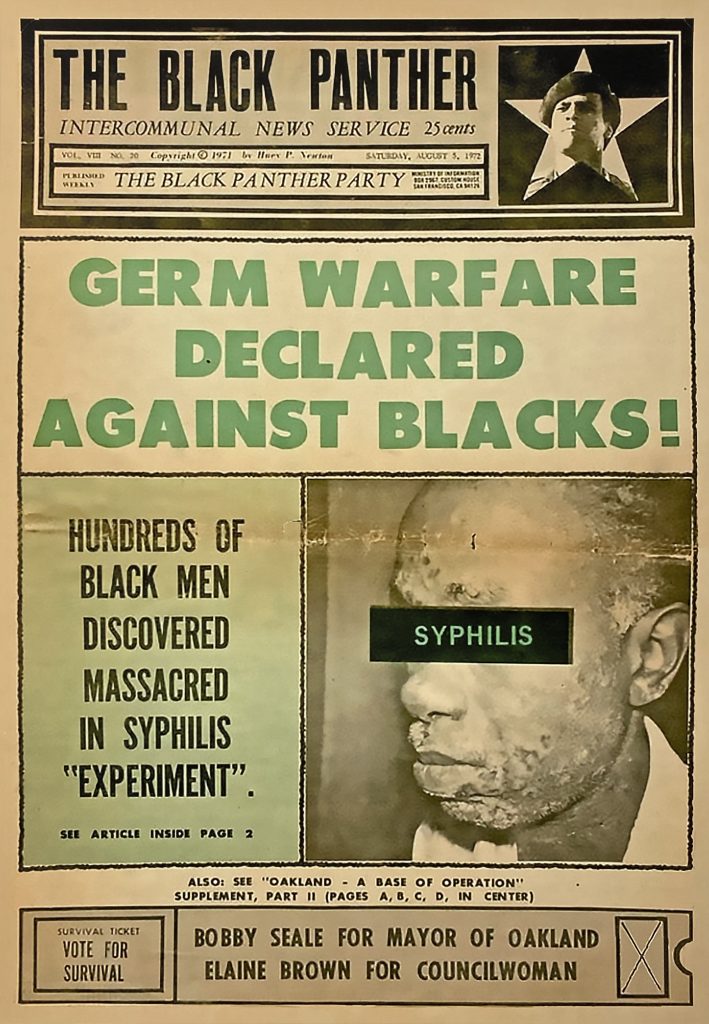
Emory Douglas, Germ Warfare Declared Against Blacks (1972). Photo by Storage, courtesy of the artist.
While Storage will take the standard 50 percent commission on art sales, Chuke is putting a portion of the proceeds toward the gallery’s new mentorship program for young artists, ages 16 to 24. (The program will also be funded by prints and editions produced in the gallery’s in-house print studio.) “It’s more of a social enterprise then it is a full-on commercial outfit,” Chuke said. To help him meet the overhead, he is keeping his jobs as an educator at Cooper Union and director of outreach at Foster Pride.
Artists and writers also receive a special discount, though, Chuke said, most artists ended up waiving it. Works in the inaugural show range in price from $750 to $50,000, and have nearly sold out, according to Chuke.
Chuke, who was the inaugural New York City public artist in residence at Rikers Island in 2018, hopes to fill a gap in the industry that he’s experienced as an artist himself. In 2011, disillusioned by dealers who he felt didn’t understand his practice, Chuke placed a ten-year moratorium on sales of his own work.
“I became a gallerist because I thought I needed to be,” he said. “I want to be that thing that I haven’t been able to find.” And with ten years of working at art galleries under his belt—Chuke is a veteran of New York’s Susan Sheehan Gallery—he feels fully prepared to run the business side of things.
In order to ensure the art is going into the right hands, and won’t be flipped for profit, he relies on a network of elder art dealers. “It is possible to have a healthier environment of patronage,” Chuke said. “Saying no to veterans and newer collectors with harmful habits is a part of that process.”
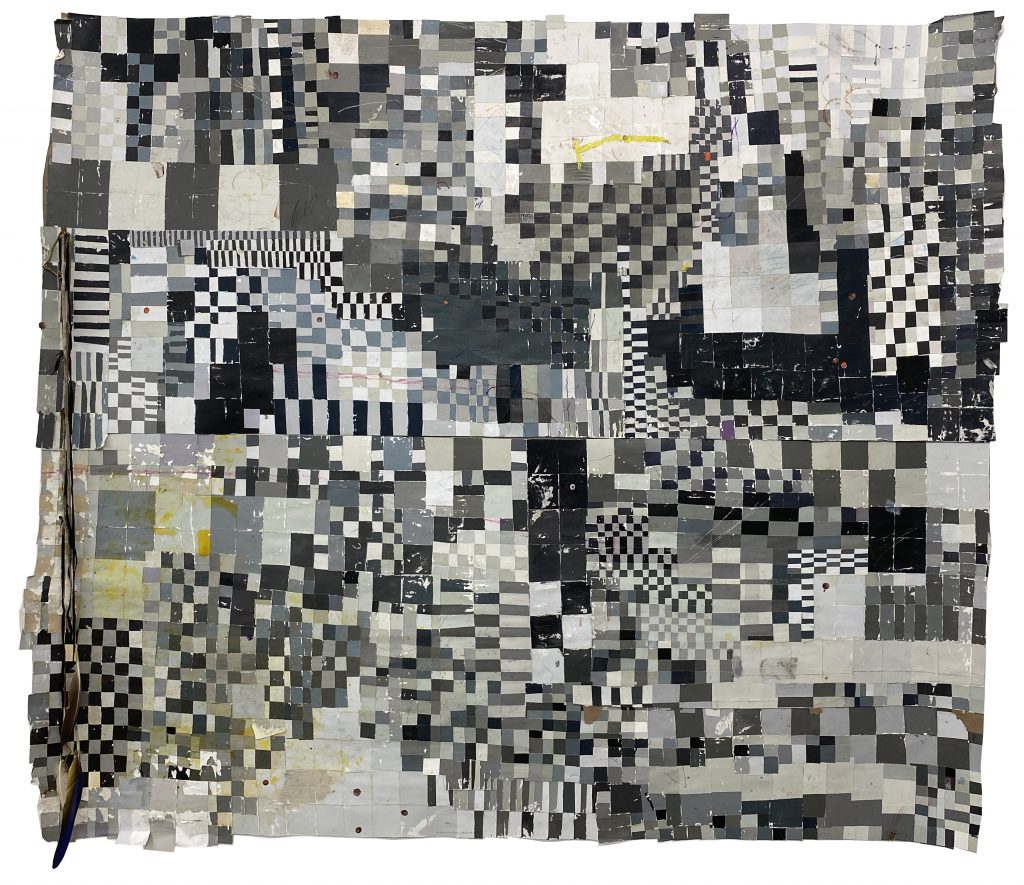
William Cordova, Tetragrammaton. Photo by Storage, courtesy of the artist.
The concept of the gallery was born after Chuke visited Nigeria for the funeral of his grandfather and returned home to a soon-to-be-locked-down New York, struck by feelings of loneliness. “Then you started seeing images of people being killed by the police… All this stuff was compounding: this isolation, all this death, and COVID was really hitting Black people more than most people,” he said.
He had the realization that “I can either be depressed or I can be active.” At first, that meant participating in Black Lives Matter protests, but when the movement began to quiet down, “I realized I had to keep it going.”
He chose the name Storage in the hopes that it would give an artistic community space to reexamine, recontextualize, and respond to history. “It’s the place where you unpack, you pull things apart, you reorganize,” he said.
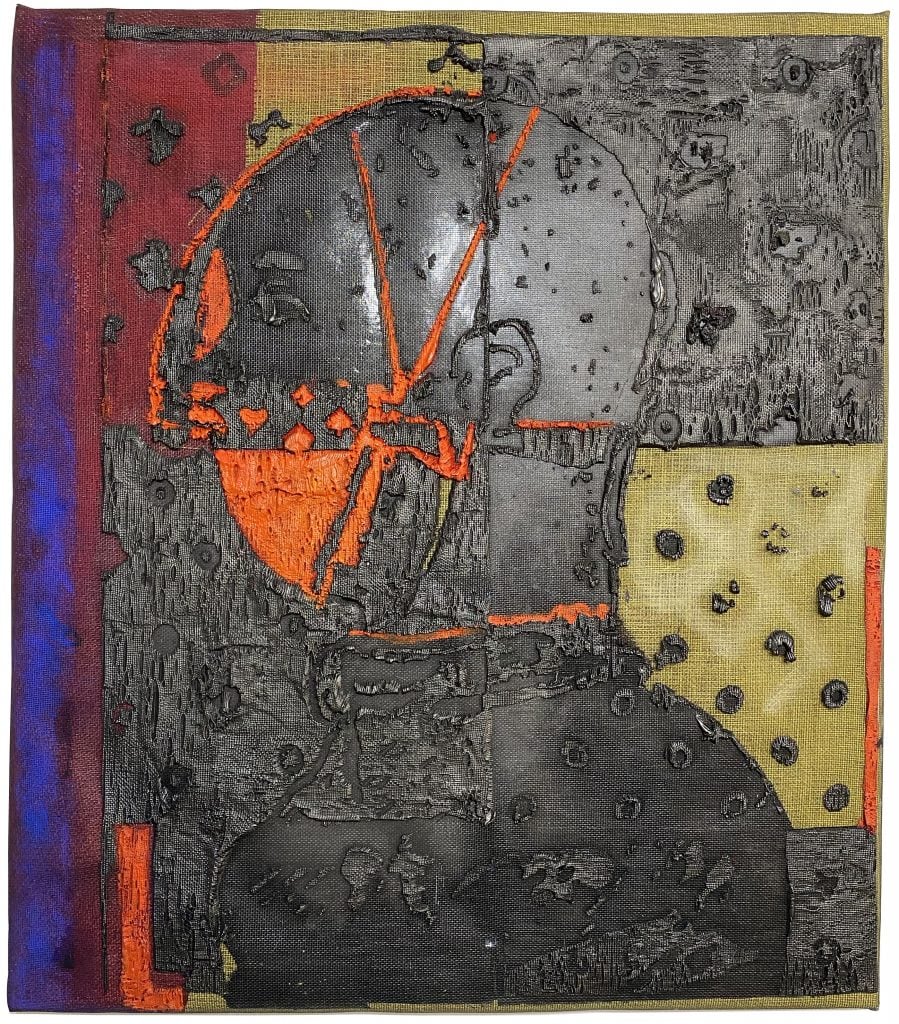
Austin Martin White, Untitled (Iron bit mask). Photo by Storage, courtesy of the artist.
In curating the inaugural show, Chuke was inspired by a quote from “Discourse on Colonialism” a 1950 essay by Afro-Caribbean poet and politician Aimé Césaire: “It is not a dead society that we want to revive. We leave that to those who go in for exoticism.”
“That quote cemented everything for me. There’s a lot of talk about a rebuilding the world, almost fanned by the flames of COVID,” Chuke said. “The way I’ve cleansed myself and revived myself in the past was to make art. Then I thought, what would other makers do if we had a space to do that?”
See more works from the show below.
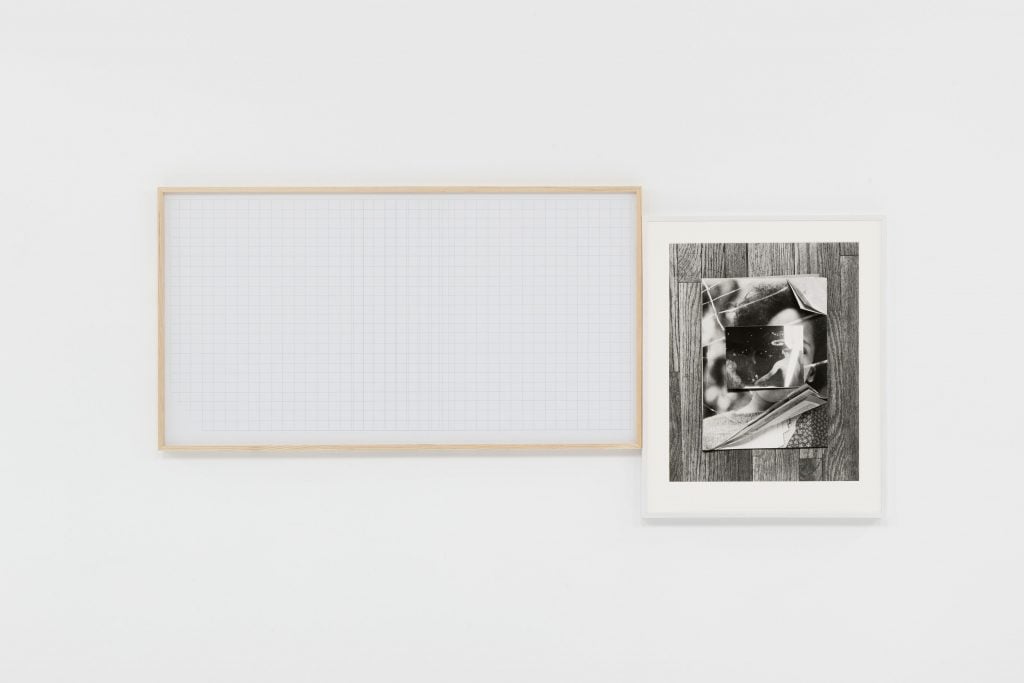
Leslie Hewitt, Riffs on Real Time With Ground-(Green Mesh) 2017. Photo by Guillaume Ziccarelli, courtesy of the artist and Perrotin.
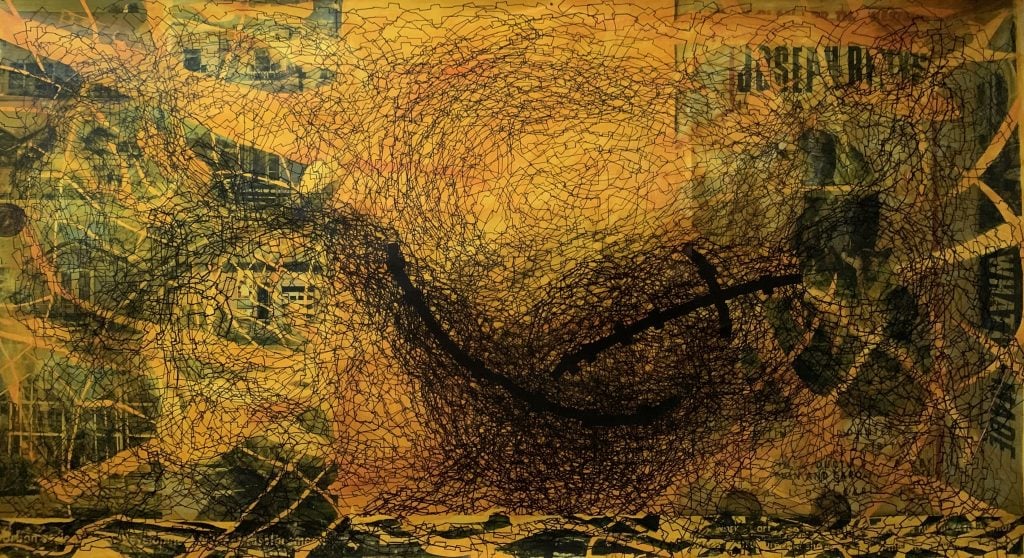
Rick Lowe, Untitled (2018). Photo by Storage, courtesy of the artist.
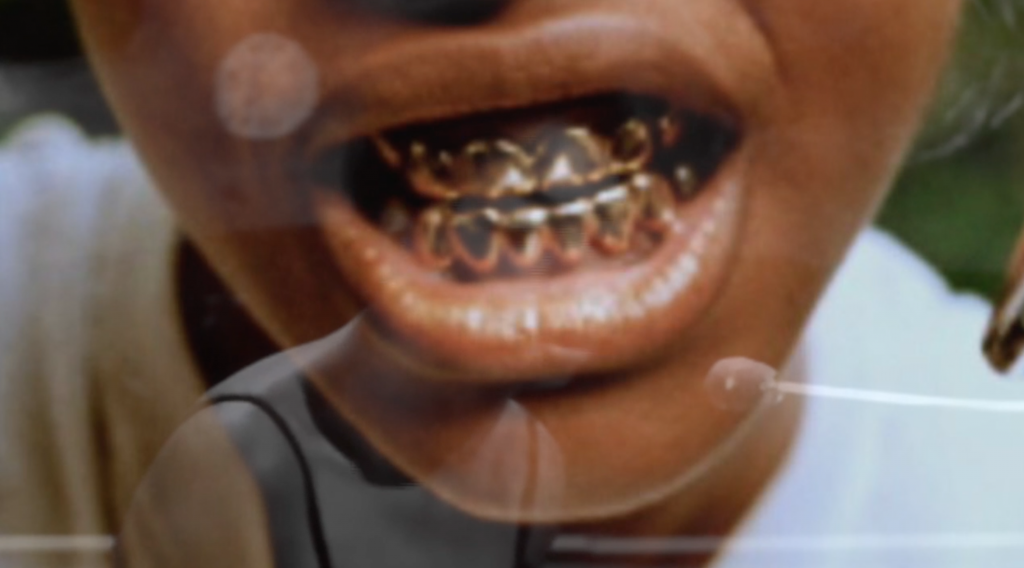
Jazmine Hayes, A Round of Applause, video still. Courtesy of the artist and Storage.
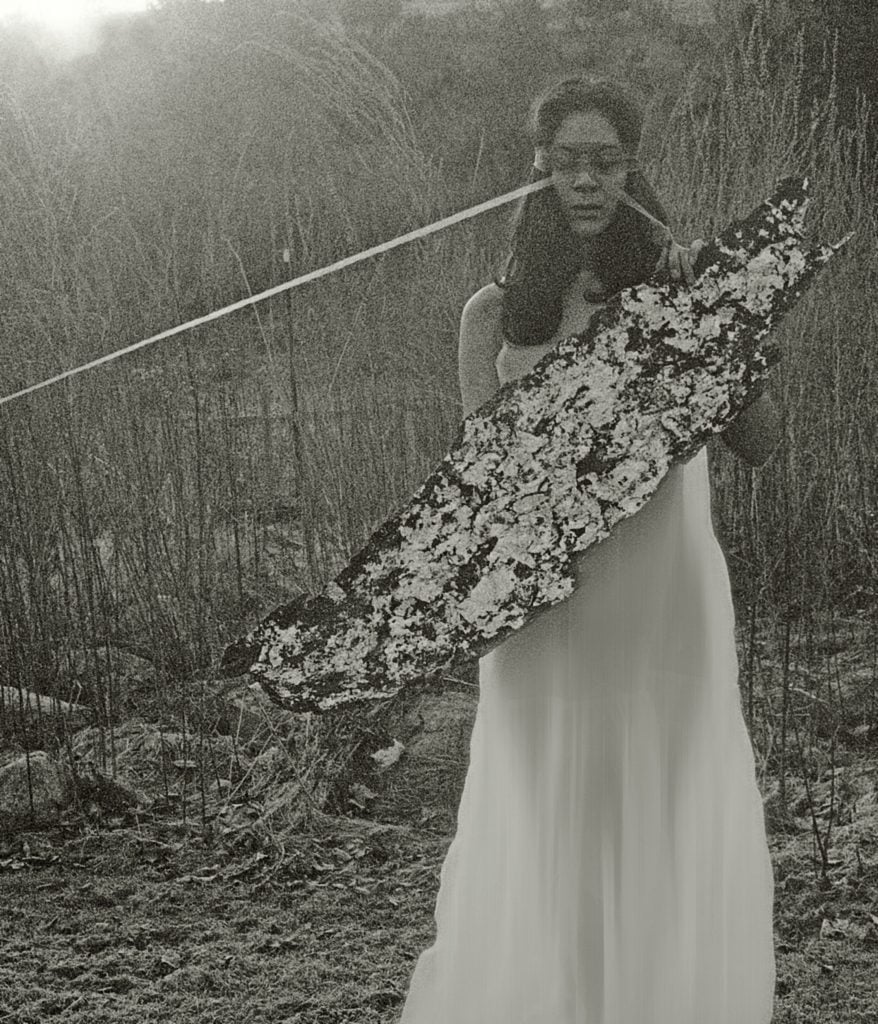
Alicia Grullon, Female as Nymph #2 C (2005). Photo by Storage, courtesy of the artist.
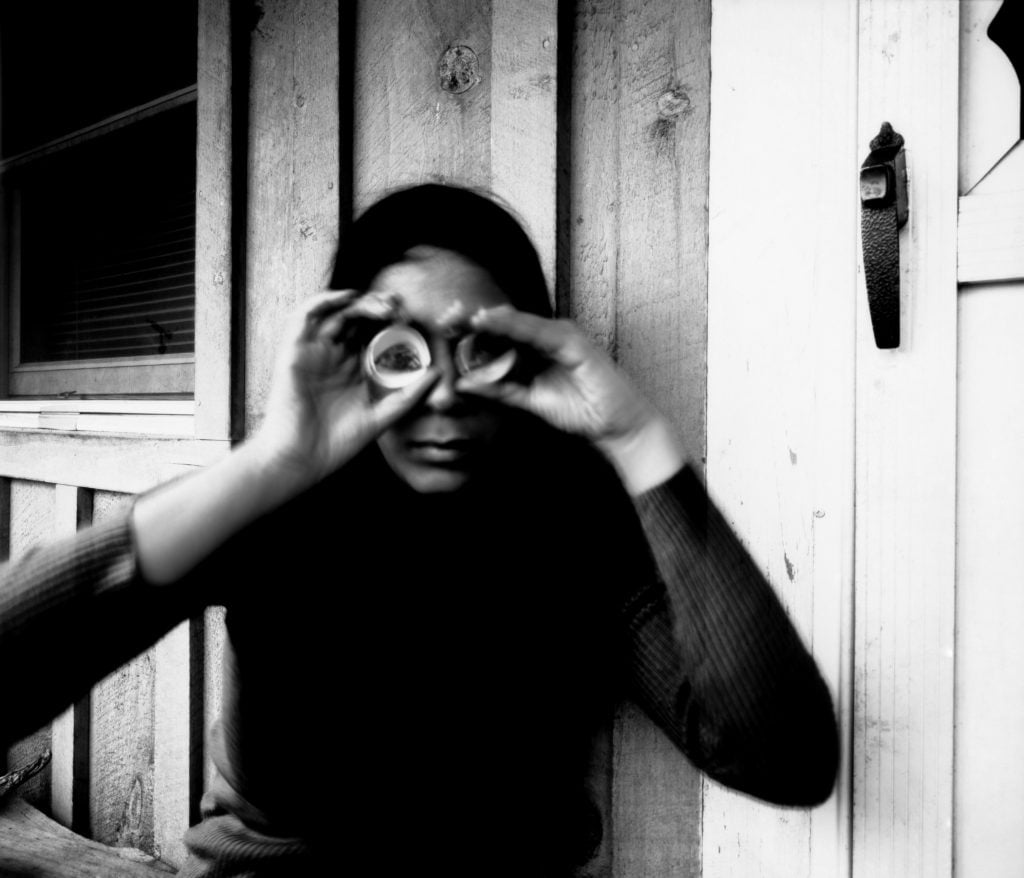
Alicia Grullon, Eyes Watching (2005). Photo by Storage, courtesy of the artist.
“storage_” is on view at Storage, 96 Bowery, Basement, New York, September 10–October 25, 2020.